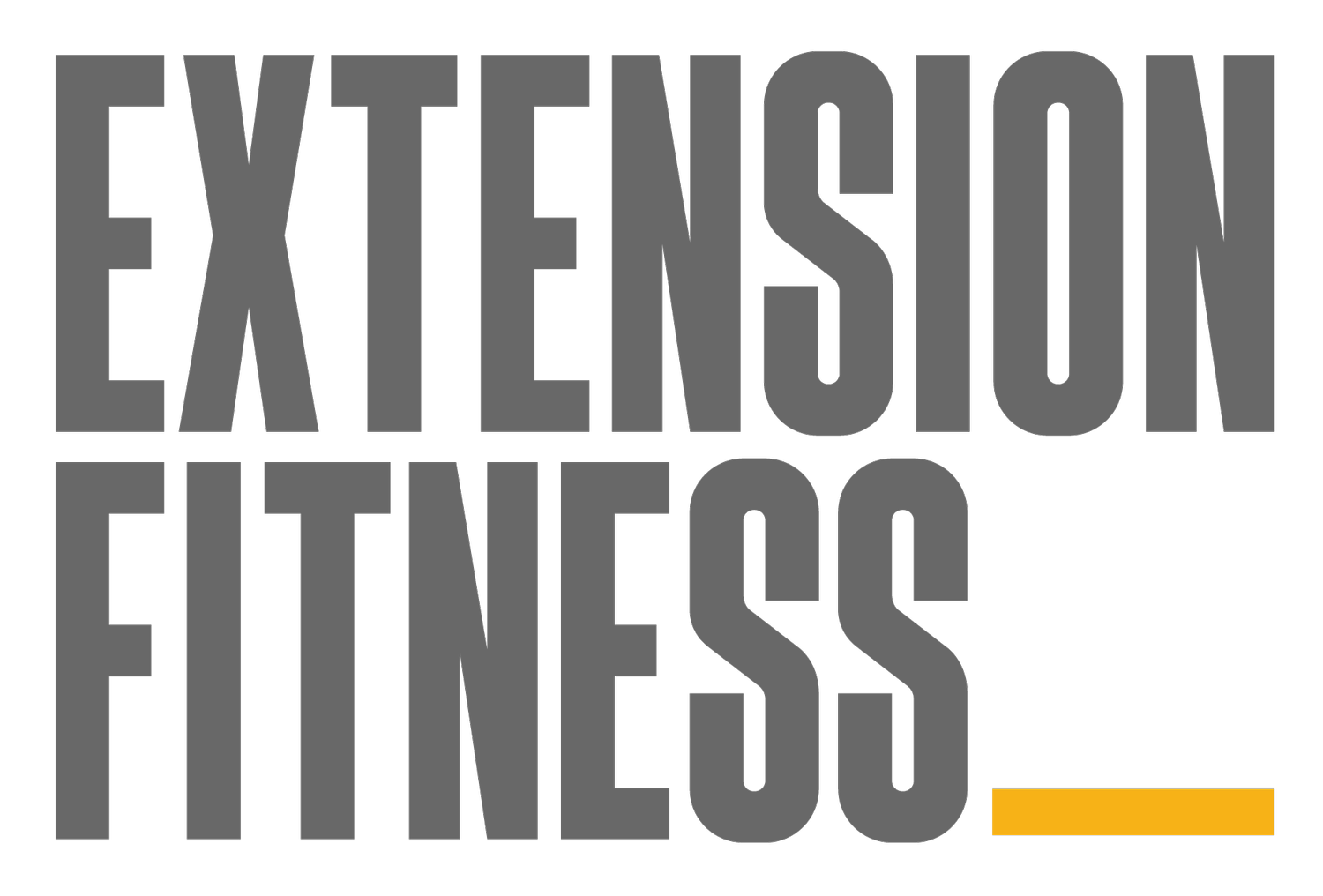Beware of mechanistic reasoning
Here’s a counterintuitive truth you need to grasp to make sense of health-related advice and information: you can know something works without knowing how it works. Conversely, having a plausible and persuasive theory about why something might help does not mean it actually helps.
I say this because it is very natural for humans to seek to understand the mechanisms driving a problem (why is it happening?), then to assume an intervention does work because it is highly plausible that it ought to work. It’s also very natural, when faced with a problem, to theorise about how solve it using our scientific understanding of the world - reasoning from first principles to a possible solution.
But a seemingly watertight rationale does not an effective strategy make. Some things work and we don’t know why, other things which we think should work aren’t effective, and we can’t understand why not. Biological systems are incredibly complex and hard to test and there are many “unknown unknowns”.
This matters to you as a consumer of health-related advice and services because there may be strategies to address your problem which work for unknown reasons, and other competing strategies which sound very plausible and are not effective. But, when faced with this kind of proposition from a health expert, many people find it difficult to come to terms with this sort of reasoning. In my experience, many people do not like it when an expert is straight-up with them about just how much uncertainty is at play in the state of our knowledge about human health. Lots of people, when faced with a choice between a low risk, low cost treatment which is effective (for unknown reasons) and a treatment that has sketchy efficacy but a persuasive story to tell about mechanism of effect, will find it difficult to understand the appeal of the effective, yet-to-be-understood, treatment.
Let me put some flesh on the bones of this idea with some real world examples.
Firstly, one from the quasi-scientific world of skin care interventions: collagen in your fruit juice.
Collagen is a component of the skin which degrades with age and sun exposure (among other things). Younger people have more elastic, supple-looking, less-wrinkly skin owing (at least in part) to the quality of the collagen in their skin.
Surely then it follows that collagen replenishment via the diet would make an older person look less wrinkly? After all, it will give them a collagen “boost” and it stands to reason that with more collagen in their system, the body will swap out the defective collagen for the newer, higher quality stuff?
Well, maybe it sounds plausible but that doesn’t mean it works. The reasoning doesn’t seem to stack up (human collagen is synthesised in the body and not sourced from the diet - the stuff you get from fruit juice will be broken down anyway) but maybe it will work for some other known or unknown reason?
The important question is: does it actually work in real life? To prove that it works, you need to actually test the substance, not just examine the idea.
Secondly, one from the more respectable world of biomechanics: motion control shoes for preventing or managing achilles tendon pain.
People who come to see a podiatrist with a complaint of achilles tendon pain often have “collapsed” arches - their feet are visibly flat when observed in standing and walking. Their feet do not stack up against the anatomical ideal - and it seems reasonable that there may be some deficit that would benefit from correction. If they were put in a shoe that blocked the flattening of the arch (a motion control shoe), excessive motion may be limited - bringing them into line with how we think a more typical foot may behave.
Again, the important question is: does it actually work in real life? To prove that it works, you need to actually test the effect of the orthotic, not just examine the idea.
Some ideas which seem plausible, which “ought to work”, are at least deficient and at worst harmful. Other ideas which seem wacky actually do work, and we have no idea why. Go figure.
What’s to be made of all this? Well, at the very least, you ought to be interested in whether a product or treatment actually works before you use it. Ideally, it would be backed by multiple well run studies over several years. If risks are low, and the product is not expensive, and you want to try it - knock yourself out. Just regard it as an experiment and don’t assume it works for everyone if it makes you feel better. In the world of therapeutic interventions for human health, the truth takes multiple years to fully shake out.
